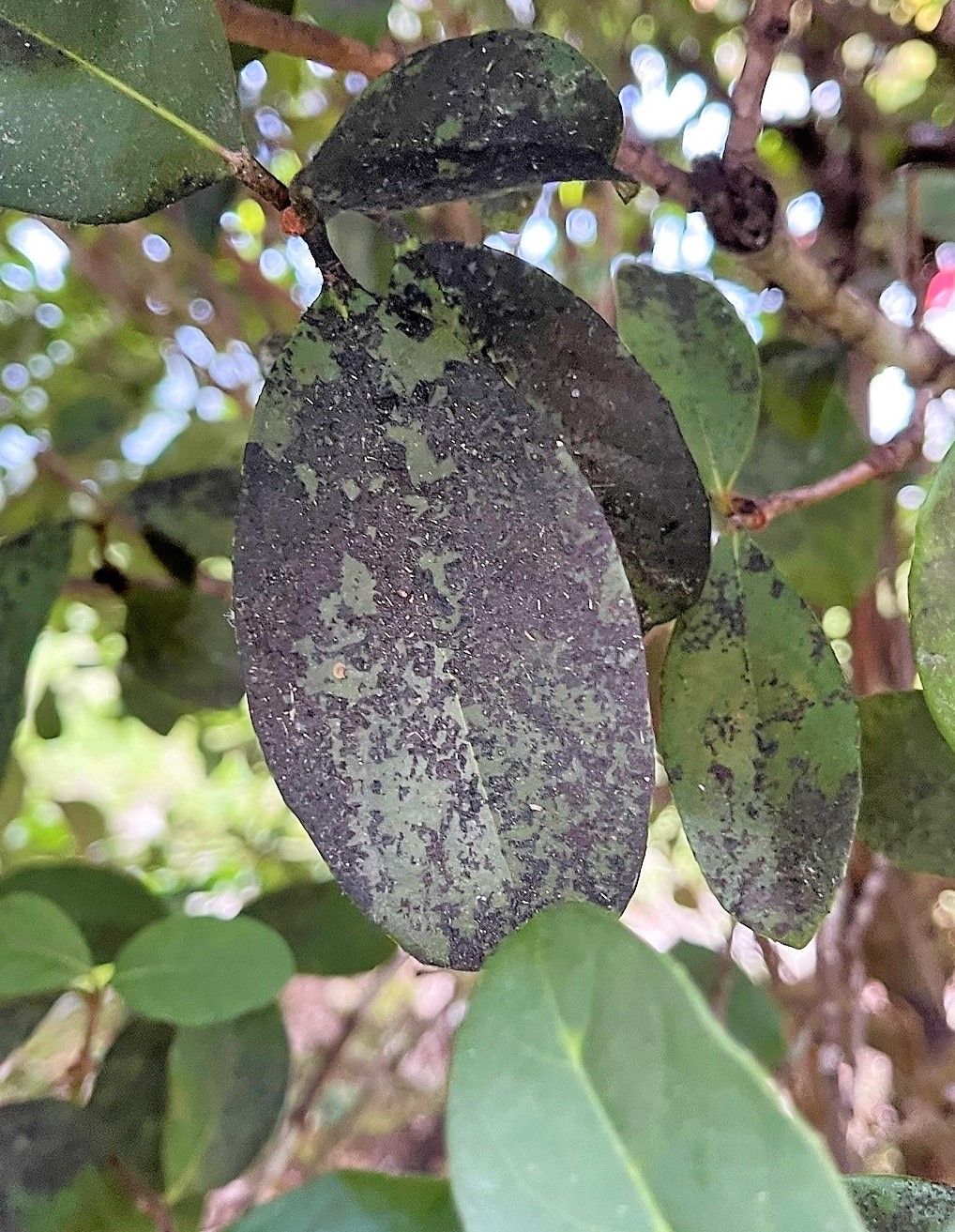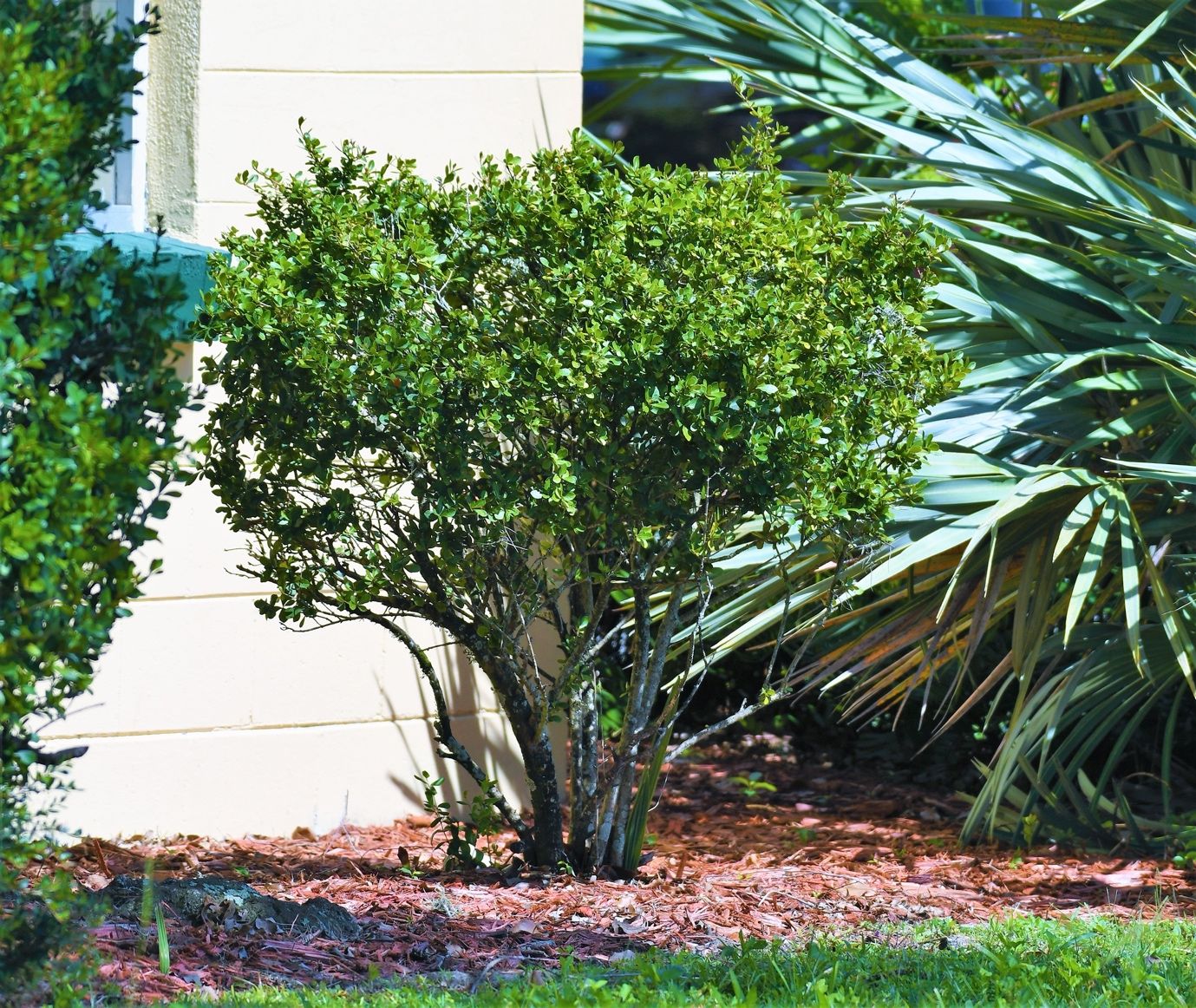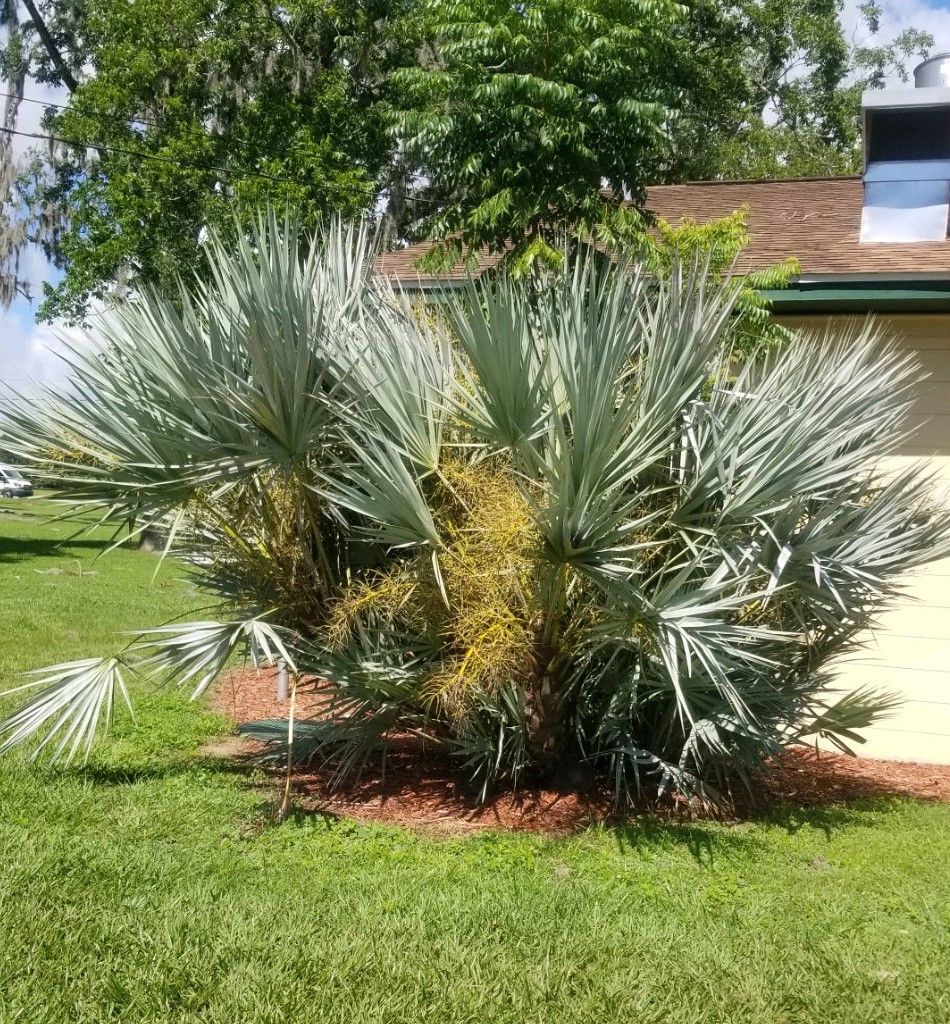Introduction
What is a pest?
A pest can be defined as any living organism responsible for spreading harmful diseases, causing damage to structures or property, harming human health, and being a nuisance. Common pests include termites, cockroaches, ants, mosquitoes, and rodents.
Pest activity can cause health problems and damage homes. To reduce pest entry into your home, ensure that it is inspected frequently by a licensed pest-control professional, and employ proper landscaping practices. To ensure complete success, an Integrated Pest Management (IPM) program must be implemented. IPM resources for common landscape pests are provided at the end of this publication for further information and convenience. This publication is intended for homeowners, Extension professionals, and anyone interested in preventing pests from entering the built environment.
Select the “Right Plant for the Right Place”
Florida-Friendly Landscaping™ (“FFL”) teaches homeowners how to properly design and maintain a beautiful, low-maintenance landscape. There are nine principles, https://ffl.ifas.ufl.edu/about-ffl/9-principles/, but the over-arching principle of “Right Plant, Right Place” can be applied to reduce the likelihood of pests entering your home. Examples of practices include:
- Plant fruit trees that may attract rodents and pest insects, such as citrus, peaches, and prunes, away from your house.
- Certain plants will attract sap-feeding insects such as aphids, mealybugs, and scale insects. These pests excrete a sticky substance called honeydew that may attract ants and wasps. These ants “farm” the sap-feeders and may venture into your home (See Figure 1).
- Plant vegetable gardens away from the house, and harvest produce as soon as it matures. Do not allow the mature crop to rot on the plant, and quickly remove fruit that falls off.

Credit: Lisa Sanderson, UF/IFAS
Proper Plant Spacing
Proper spacing between plants reduces shadows and improves air flow. Planting at the right spacing not only helps to prevent pests but will also improve overall plant health. Read plant labels or use the “Florida-Friendly Landscaping™ Guide to Plant Selection and Landscape Design” for mature height and spread of plants to ensure proper spacing from other plants or structures.
- Avoid planting too close to your house. Plants installed less than two feet from your house at maturity are too close and provide harborage for nuisance wildlife (See Figure 2).
- Avoid installing plants too close together. Tight plantings are ideal for pests to hide and live in. Planting at the proper spacing will discourage pests and improve plant health.
- Follow the appropriate spacing for landscape plants as recommended by Florida-Friendly Landscaping™. Not all trees, shrubs, perennials, and annuals require the same spacing (See Figure 3).

Credit: Dr. Faith Oi, UF/IFAS

Credit: Jim E. Davis, UF/IFAS
Pruning
One of the easiest methods of landscaping to prevent pests from entering the home is to properly prune trees and shrubs to increase their distance from the structure. Follow these steps when pruning.
- Prune any overhanging or touching limbs away from your house. Rodents such as rats and squirrels, will use these limbs as a highway to gain entrance to your home. Rats, such as the roof rat (Rattus rattus) can jump three feet in the air vertically and more than four feet horizontally. Termites and ants will also use limbs as bridges to gain entry (See Figures 4, 5, 6, and 7).
- To prevent pests, “V” cut shrubs next to your home. “V” cutting is pruning shrubs wider at the top and narrower at the bottom. Rodents and mosquitoes like shadows and dark places. “V” cutting will also decrease the amount of moisture at the base of the plants and improve air flow. This will help manage pests such as termites, ants, and cockroaches (Figure 8).

Credit: Jim E. Davis, UF/IFAS

Credit: Dr. Bill Lester, UF/IFAS

Credit: Jim E. Davis, UF/IFAS

Credit: Jim E. Davis, UF/IFAS

Credit: Jim E. Davis, UF/IFAS
Prune dead leaves from palm trees that are close to buildings. Palms with an excessive number of dead leaves, such as the Mexican fan palm (Washingtonia robusta) naturally develop a “skirt” of hanging leaves. This creates an excellent habitat for rodents (Figure 9).

Credit: Jim E. Davis, UF/IFAS
Prune seed pods from palm trees. Pruning seed pods off palms, such as pindo (Butia odorata) or date palms (Phoenix spp.) prevents the emergence of fruit that may attract rodents.
Sanitation
A well-maintained landscape will aid in preventing pests from taking residence in and around your home. Follow these tips.
- Remove rotting or fallen fruit from the ground (Figure 10).
- Brush/plant-debris piles provide habitat for birds and wildlife, but they should be placed well away from the house in case they attract unwanted pests.
- Remove fallen tree limbs or palm leaves from your roof and the adjacent ground.
- Do not place firewood, landscape timbers, wooden pallets, or any other wood near your house (Figure 11).
- Remove any fallen tree limbs or palm leaves from the ground near your home or on your roof.
- Remove any empty pots, buckets, plant saucers, or other containers that may hold water (Figure 12). Some mosquitoes can breed in spaces as tiny as the lid of a soda bottle.
- Compost bins should not be placed near houses or other structures. Completely enclosed bins are much less attractive to rodents and other animals. Avoid composting meats, fats, or dairy products.
- Top compost bins with a layer of brown materials such as leaves or straw. Bury fresh kitchen scraps deep into the pile. Both of these techniques mask odors and make the compost less attractive to nuisance pests.

Credit: Jim E. Davis, UF/IFAS

Credit: Jim E. Davis, UF/IFAS

Credit: Dr. Faith Oi, UF/IFAS
Other Tips
- Direct downspouts and A/C drainage lines away from your house to prevent water from pooling at the foundation and creating opportunities for pests (Figure 13).
- Fill tree holes with sand to prevent water accumulation that may attract mosquitoes.
- Rain barrels should be placed at least two feet from your house. Secure a screen blocking any entry points to prevent mosquitos from laying eggs in collected water. Use Bacillus thuringiensis israelensis (Bti) to kill mosquito larvae.
- Place bird feeders away from your house. Consider purchasing rodent-proof bird feeders (Figure 14).
- Clean bird baths every four to five days to prevent mosquitoes. Follow UF/IFAS guidelines on how to clean them. https://gardeningsolutions.ifas.ufl.edu/design/gardening-with-wildlife/providing-water-to-wildlife.html
- Direct landscape irrigation heads away from the foundation of your house.
- Mulch should be no more than two to three inches deep in plantings, and no more than two inches deep if within 12 inches from the foundation of your house. Mulch may create a bridge for termites to cross over treated areas around the foundation of your house, rendering it defenseless against them.
- When planting and weeding, do not dig close to the foundation of the house because this may break any previously applied soil termiticide barrier, thus allowing termites direct access to the foundation.
- Hose reel boxes should be left open to reduce pest establishment inside of them (Figure 15).

Credit: Brooke Moffis, UF/IFAS

Credit: Lisa Sanderson, UF/IFAS

Credit: Jim E. Davis, UF/IFAS
More Resources
Subterranean Termites #ENY-210 https://edis.ifas.ufl.edu/publication/IG097
Termite Prevention and Control #ENY-2044 https://edis.ifas.ufl.edu/publication/IN1277
Control of Roof Rats in Fruit Trees #SSWEC120 https://edis.ifas.ufl.edu/publication/UW120
Rat and Mouse Control #ENY-224 https://edis.ifas.ufl.edu/publication/DH044
Cockroaches and their Management #ENY-214 https://edis.ifas.ufl.edu/publication/IG082
Ants #ENY-203 https://edis.ifas.ufl.edu/publication/IG080
Florida-Friendly Landscaping™ Program https://ffl.ifas.ufl.edu/
Florida Medical Entomology Laboratory https://fmel.ifas.ufl.edu/
Integrated Pest Management https://ipm.ifas.ufl.edu/
Integrated Pest Management for Mosquito Reduction around Homes and Neighborhoods #ENY-753 https://edis.ifas.ufl.edu/publication/IN1045
The Facts About Termites and Mulch https://edis.ifas.ufl.edu/publication/IN651